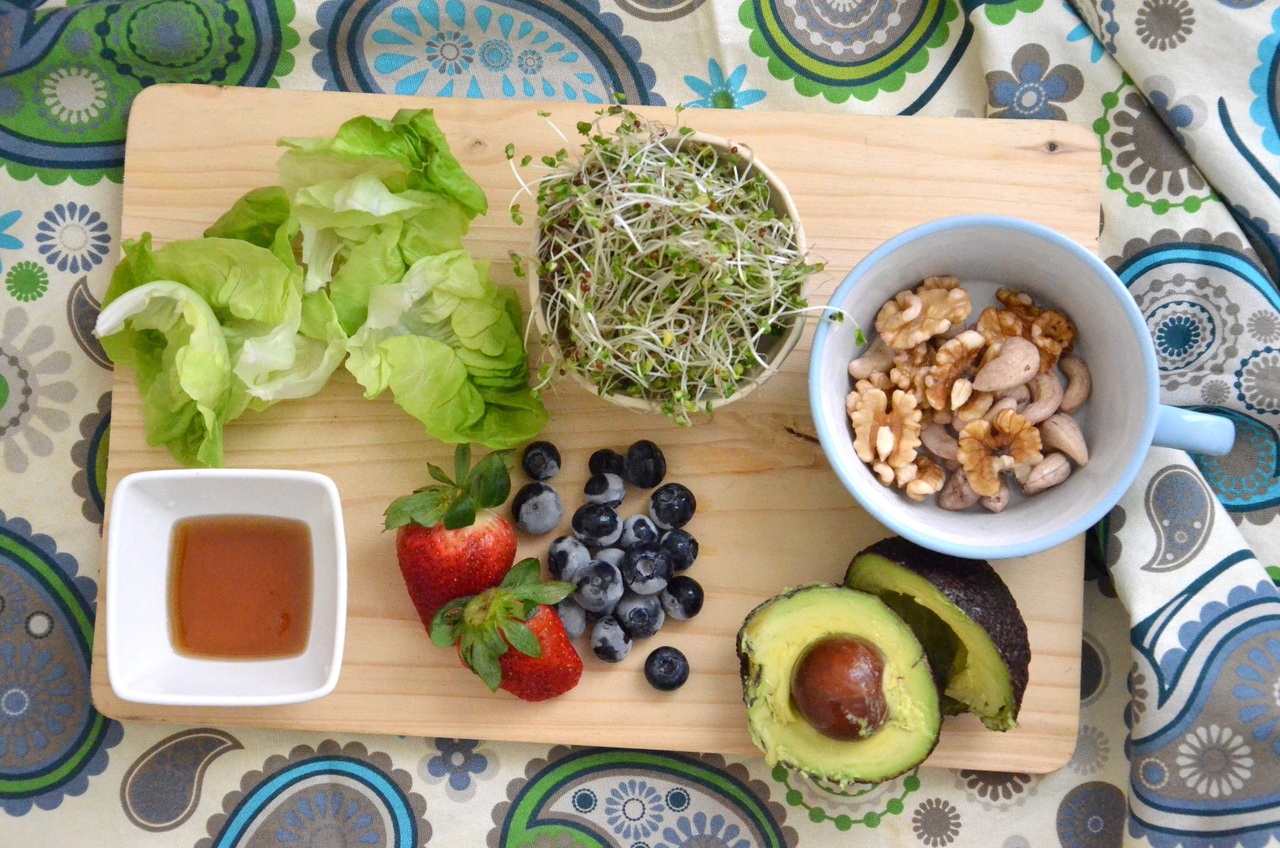If you’re a business owner or marketing professional, you need to keep up with the trends that your customers are interested in. The better you know what people are searching for online, the better you can tailor your marketing to their interests. Plus, following trending topics can help you provide better customer satisfaction as you deliver the solutions and answers consumers want. What should you know about food trends in the decade of the 2020s?
The Interest in Natural Foods Is Here To Stay
Many people are interested in healthy living, and eating nutritious foods is a big part of this lifestyle. An increasing number of Americans are seeing the value of a balanced diet with fruits, veggies, whole grains, healthy fats and lean proteins. Even people who have a busy schedule are investing time in makings smart food choices.
Many families are learning how to make homemade meals with fresh ingredients. Others are ordering meals from specialized stores, restaurants and food prep services that utilize healthier ingredients. Fast food is still popular, but Americans are finding ways to balance health with convenience.
Probiotics Are Big
The enormous surge of people who use the internet to learn about health topics may be contributing to a rise in health-conscious food decisions. One trend relates to the relationship between gut health and overall well-being. Many everyday consumers are thinking about terms such as digestive health, gut microbiota and probiotics.
Probiotics are good bacteria that can contribute to maintaining healthy gut functioning. The idea is that having plenty of healthy bacteria can help counteract the effects of bad bacteria.
Probiotics are found in a variety of fermented natural foods, including yogurt, Greek yogurt, kimchi, kefir, kombucha tea, sauerkraut and tempeh, a type of fermented soybean patty.
Consumers can also contribute to a positive microbiome with a probiotic supplement. These supplements contain specific strains of probiotics, including ones commonly found in yogurt. Supplements aren’t designed to replace healthy food sources but can make it easy for families to add more probiotics to their diet as needed.
Frozen Foods Make Life Easier
Many people are starting to realize that frozen foods often have plenty of vitamins. In fact, according to Healthline, choosing frozen produce often provides a similar nutritional value compared to fresh ingredients.
This may explain why so many families are opting to add frozen veggies and proteins to their meals. These ingredients can speed up meal prep and lower the amount of time required in the kitchen.
For many people, this is a win-win situation. They get delicious and healthy ingredients, important nutritional benefits and a convenient way to prepare meals at home.
Consumers Care About Social Responsibility
It’s not just about what people are eating anymore. Increasingly, the question is also where that food comes from. Today’s consumers care about social responsibility and environmentally friendly production. This has led to a variety of fair trade ingredients, “green” harvesting and other trends that aim to give more power to farmers.
Some families try to support local growers where possible. Even many restaurants are highlighting their farm-to-table commitment and fresh veggies from local producers. Many people are interested in natural, minimally processed foods that don’t use tons of plastic for packaging.
Eye-Catching Foods Are on the Rise
Another interesting trend has to do with foods that are as attractive as they are healthy. This may have something to do with the rise of social media popularity for different generations of people. Whether it’s for TikTok, Instagram, YouTube or Pinterest, many modern customers enjoy capturing their meal-making adventures and finished creations for the camera.
Whatever the cause, many “weird,” colorful, exotic, tasty and healthy fruits and vegetables are having their time in the spotlight. Starfruit, dragon fruit, pineapples, kiwis, rambutans, Romanesco, rose apples and horned melons are some examples of playful yet nutritious ingredients.
What’s the takeaway? If you’re looking for blog articles to capture the attention of your website’s visitors, focus on health food topics.
